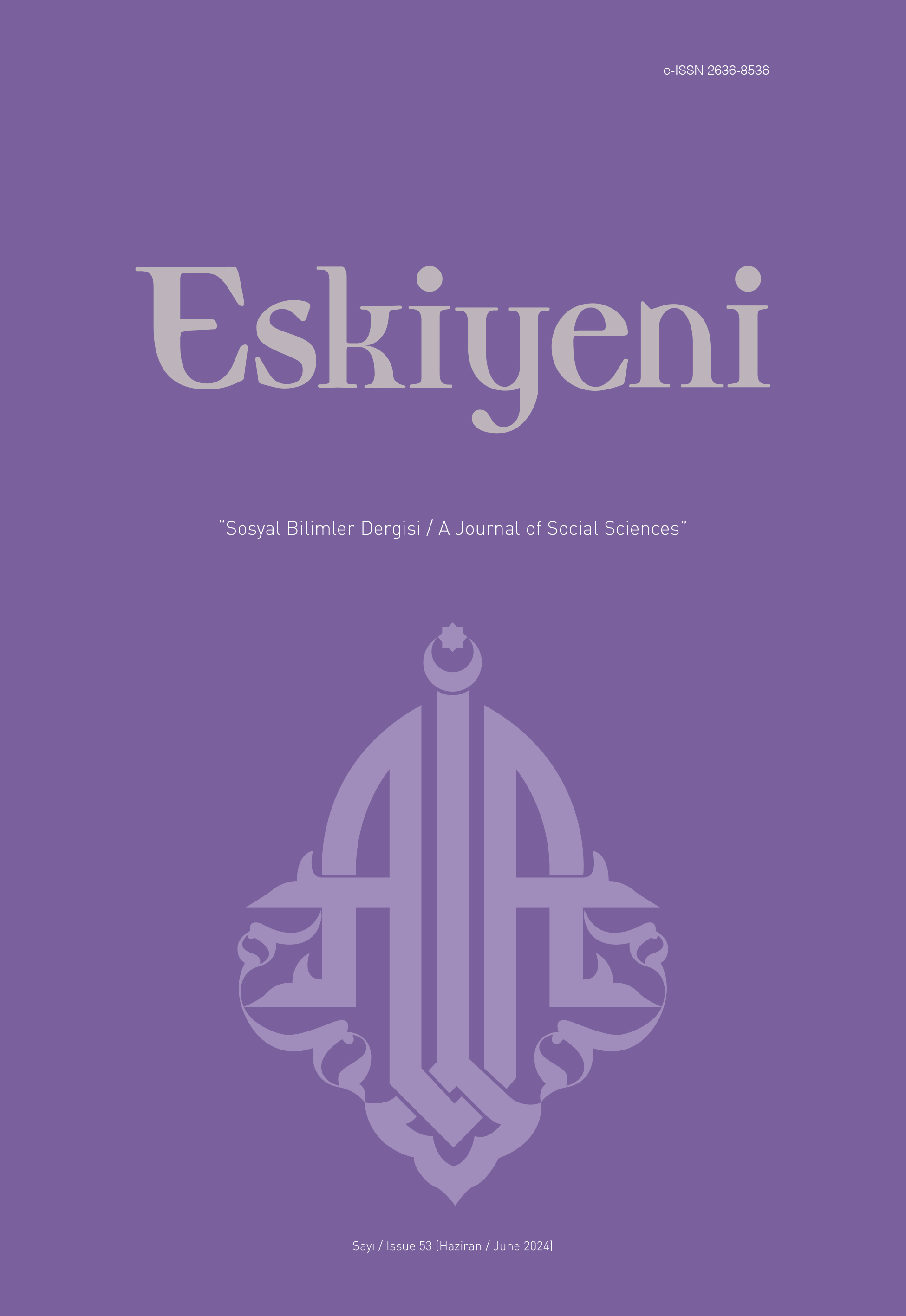Beyhakî’nin es-Sünenü’s-sağîr’i Müstakil mi Muhtasar Bir Eser mi?
Is al-Bayhaqī’s al-Sunan al-Saghīr a Independent or Compendium Book?
Author(s): Halil İbrahim DoğanSubject(s): Theology and Religion
Published by: Anadolu İlahiyat Akademisi
Keywords: Hadīth; al-Bayhaqī; al-Sunan al-saghīr; al-Sunan al-kabīr; Compendium;
Summary/Abstract: Compendium works constitute an important place among the books compiled in Islamic sciences. A extensive literature has been formed around the literature of abridgments, which began to emerge the third century of Hijri. It is possible to see many examples of this genre in the science of hadīth. As a matter of fact, many scholars have written compendium books on the works in various fields of this science, especially the essential hadīth sources such as the al-Kutub al-sitta. al-Bayhaqī (d. 458/1066), one of the prominent muhaddithis of his time, wrote compendiums of his own works, and other scholars also made compendiums of his voluminous books such as al-Sunan al-kabīr, Shu’ab al-īmān, and al-Hilāfiyyāt. The subject of this study is the determination of the genre of the composition of al-Bayhaqī’s al-Sunan al-saghīr. This is because in the mukaddims written by the muhaqqīqs of this work, a comparison is made between al-Sunan al-saghīr and al-Sunan al-kabīr without considering al-Bayhaqī’s other works, and at the end of the research, the evidence is listed and it is stated that the two books are different from each other by listing the evidences and calling al-Sunan al-saghīr a separate work. The importance of this study will be revealed by accurately determining the type of composition of al-Sunan al-saghīr, which is generally perceived as a miscellany of al-Sunan al-kabīr and about which no detailed research has been conducted. This study aims to determine whether al-Bayhaqī’s al-Sunan al-saghīris a concise or an independent work, taking into account all of his works. For this purpose, each hadīth or piece of information in al-Sunan al-saghīr was scanned in al-Bayhaqī’s books that we have and it was investigated whether it was mentioned in them. Following this examination, the following conclusions were reached: In the introduction of his book, al-Bayhaqī refers to two concise works, al-I’tikād wa al-ḥidāya and al-Sunan al-saghīr, on matters of faith and jurisprudence that should be known. Some of the narrations in al-Sunan al-saghīr, which has a significant similarity with al-Sunan al-kabīr, are transmitted differently from this work. In fact, most of the hadīths that are narrated in al-Sunan al-saghīr but not in al-Sunan al-kabīrwith a different sanad and not in it are narrated in the same way in his other works such as Ma’rifat al-sunan wa al-asār, Shu’ab al-’imān, and al-Hilāfiyyāt. Even so, there are also narrations that narrated in al-Sunan al-saghīr but with the same sanad and in no way found in al-Bayhaqī’s printed books. Accordingly, it can be said about al-Sunan al-saghīr that “it is an original compendium work that al-Bayhaqī compiled with the method of ihtisār by making use of his own works and the narrations he had”.
Journal: Eskiyeni
- Issue Year: 2024
- Issue No: 53
- Page Range: 775-801
- Page Count: 27
- Language: Turkish

